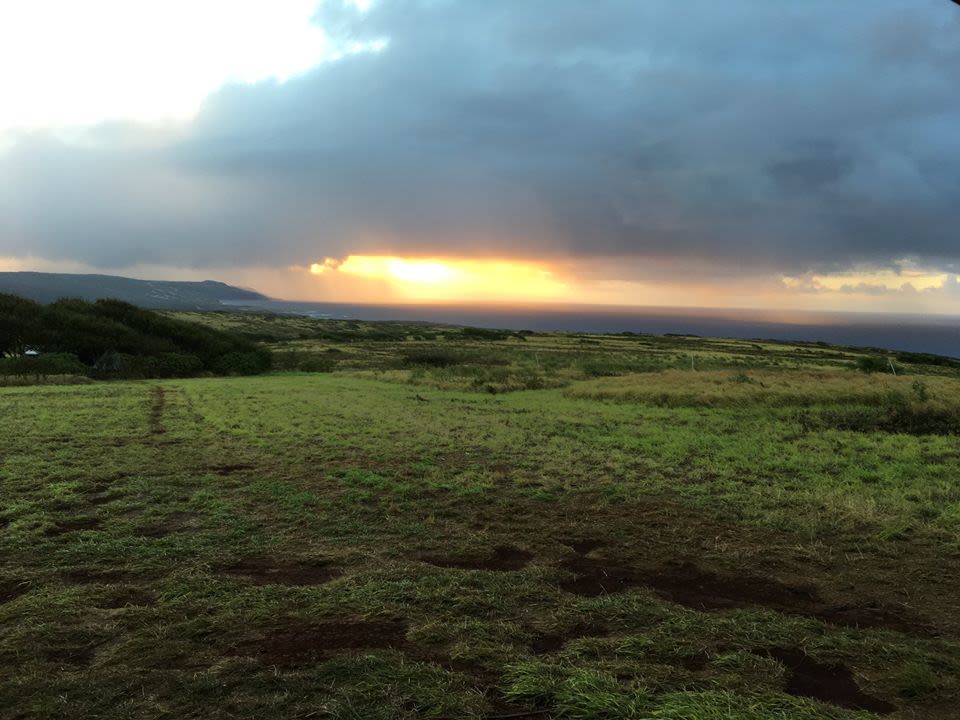Digging up the past
UQ Archaeology students head to the Hawaiian Islands
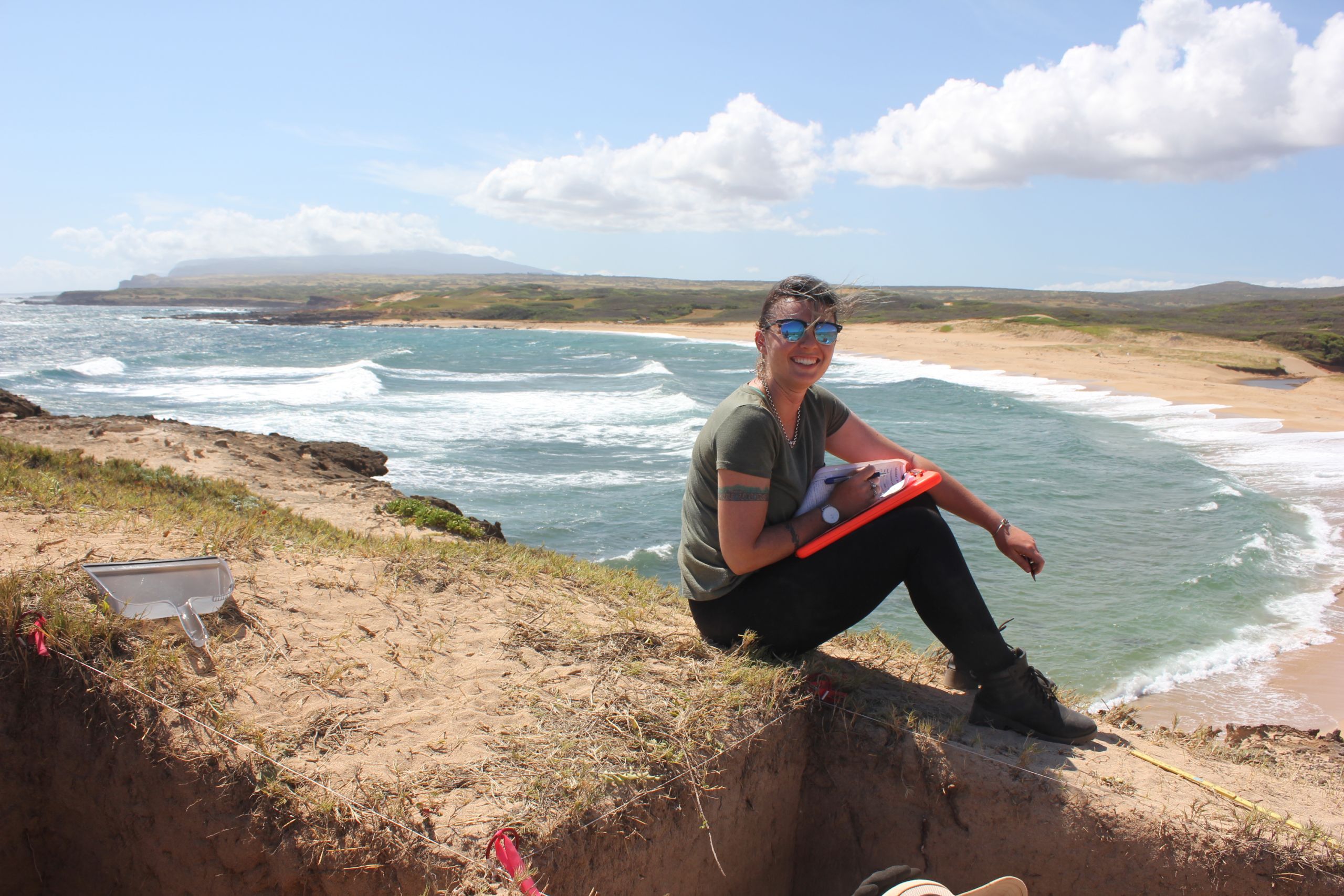
You can’t learn in the classroom what you can learn in the field, and what better location to acquire hands-on archaeological skills than the shores of the Hawaiian Islands.
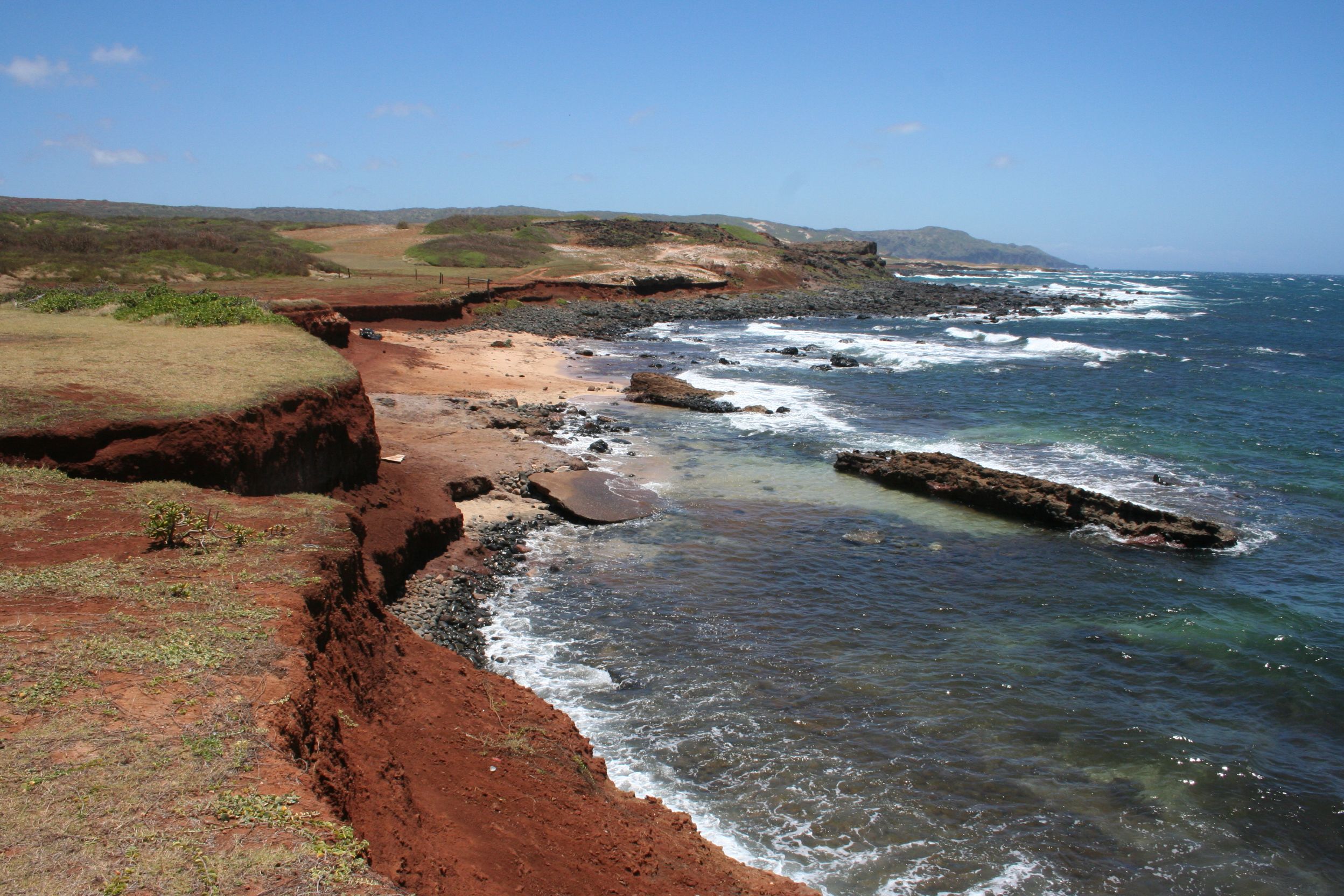
For budding archaeologists from The University of Queensland (UQ) Georgia Williams and Alex Dent, a residential field school in Moloka‘i offered them the experience of a lifetime–an intensive three-week course on how to excavate, identify and process artefacts from an ancient archaeological dig-site.
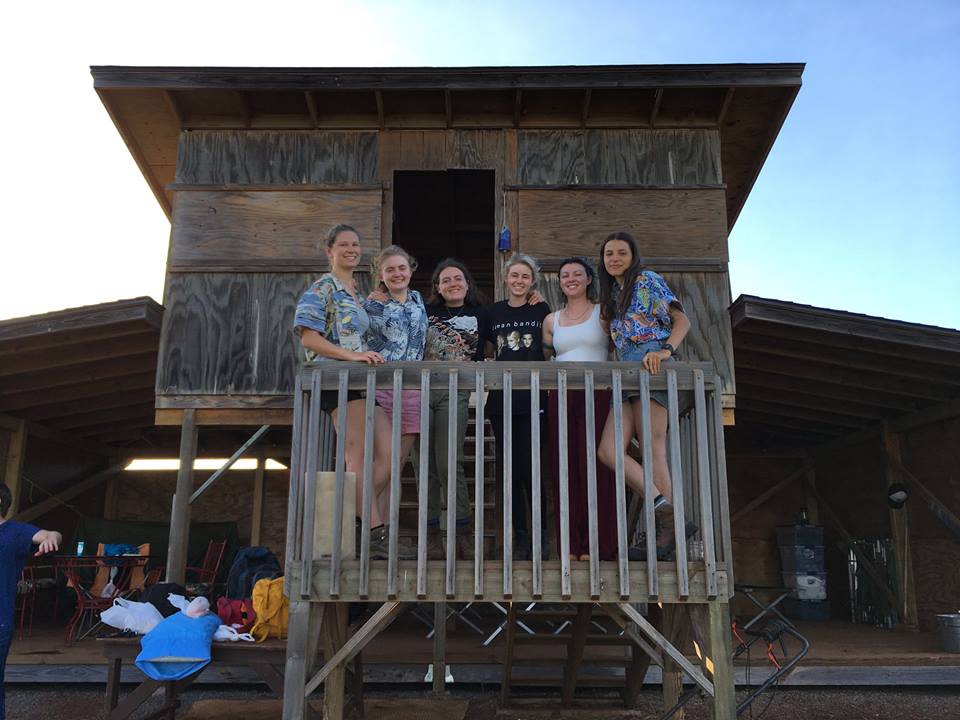
So long Moloka’i! Some of the excavation team on the final day of the field school.
So long Moloka’i! Some of the excavation team on the final day of the field school.
Professor Marshall Weisler from UQ's School of Social Science accompanies a small group of students to the famous coastline each year to explore a history which dates back 500 years.
They investigate the evolution of human behaviour in Polynesia and learn how field research is structured and implemented in a cultural heritage environment.
“We conduct field work at the excavation site as well as lab work back at our camp,” Professor Weisler said.
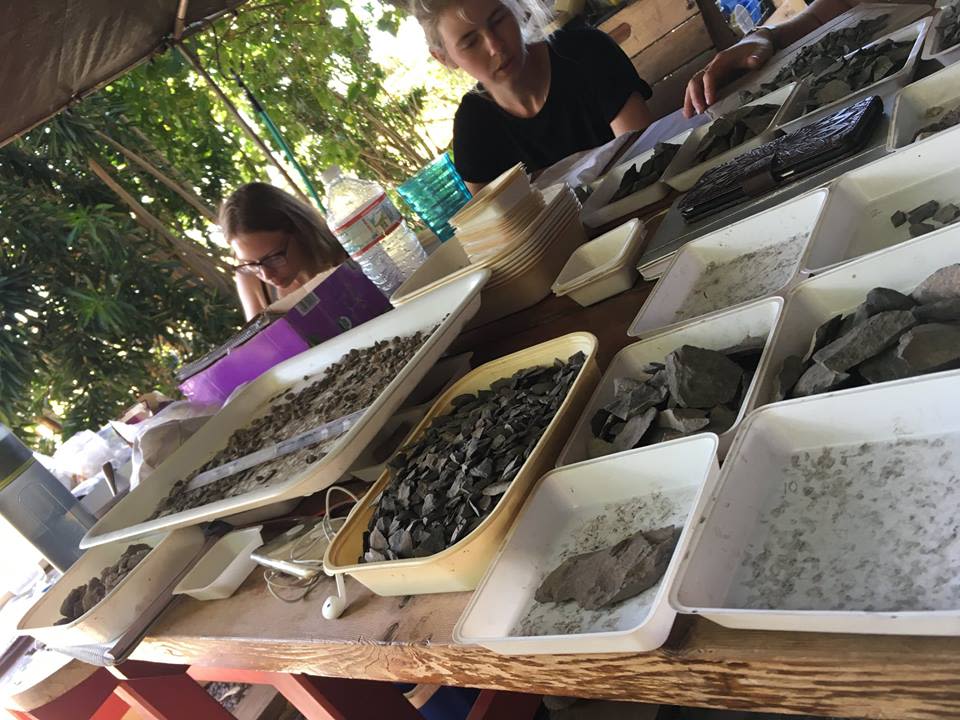
Over 10,000 pieces of lithic material were found and sorted via various size categories.
Over 10,000 pieces of lithic material were found and sorted via various size categories.
“Being a really rich site the preservation is very good, so we find many artefacts that we bring back to study.”
This is the second year that the field school has taken place in Moloka‘i, and Professor Weisler said the students all had a great time at the campsite–learning about the natural history of the islands, meeting the locals and exploring the site they were working on.
“The course usually attracts more entry-level students because once they go out on a field school like this they either love it or they hate it.
“The point of the project is to give students’ an insight into the total archaeological experience, they can then decide if it is what they want to pursue long-term,” he said.
Second-year Bachelor of Arts (Archaeology) student Georgia was the former, calling the trip “transformational” and her first experience with ‘real’ archaeology “invaluable.”
“Excavating and sorting feels good. It excites and interests me and I look forward to gaining even more experience throughout my degree,” she said.
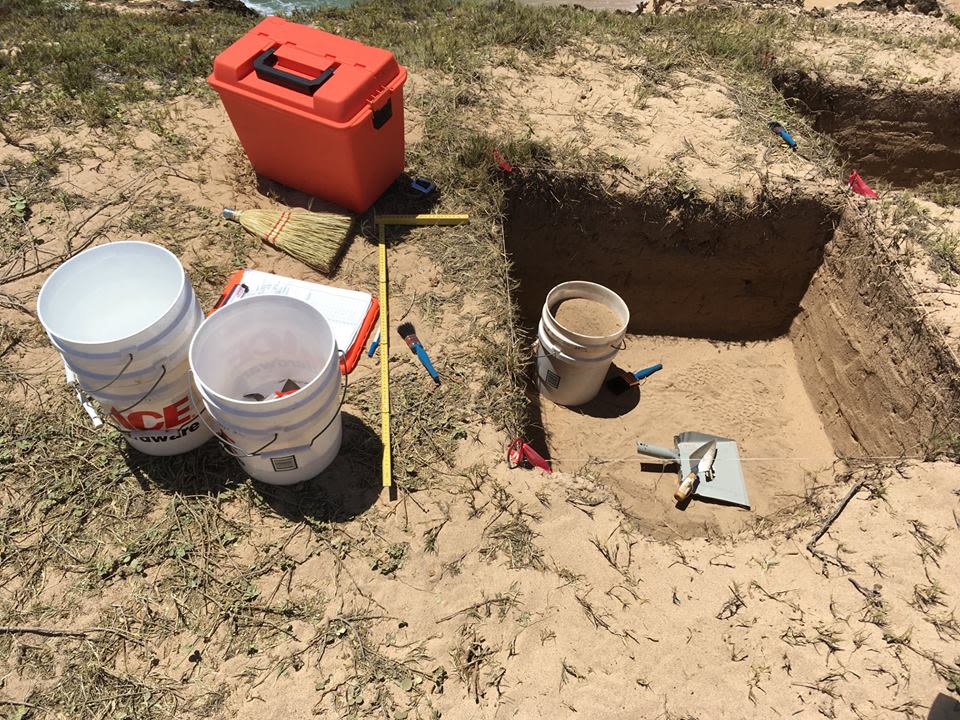
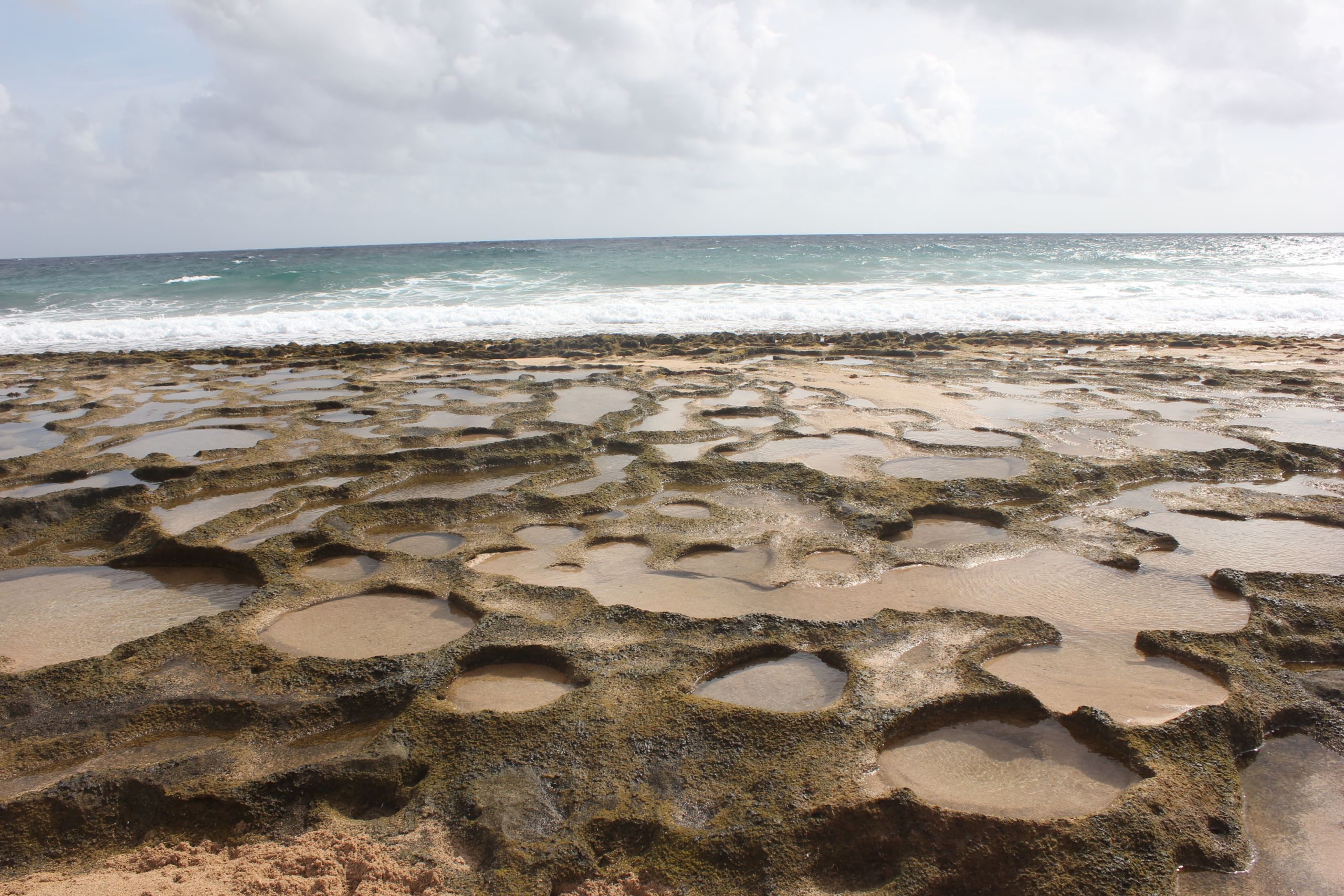
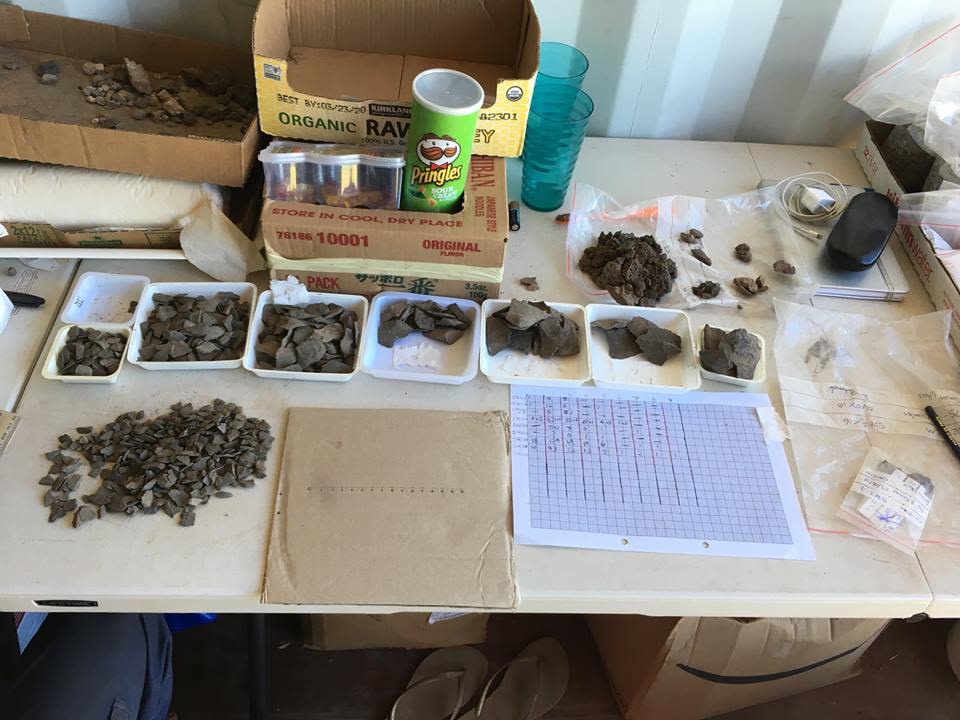
The field school was a big leap for Georgia and she loved moving from just studying archaeology to actually ‘doing’ it in the field.
"The taster of what archaeology has to offer has definitely left me wanting more."
Alex agreed and said he loved being able to participate in ‘actual’ archaeology–something that he felt the courses beforehand were all leading towards.
“Being in my final year I wanted to have some field experience before graduating and heading into postgraduate studies,” he said.
“For me personally, I was able to use material we excavated from Hawaii in my Honours, and so I’m constantly reminded of the great times I had whilst completing my thesis.”
Alex said he loves archaeology because it’s indiscriminate–what he digs up he has no control over.
“We see the whole story, whether it be a queen’s grave or a nomad’s campsite, everything is weighted the same."
“It’s more of a physical form of history, and one that always keeps you guessing,” he said.
For Alex, the field trip eliminated any doubts he had about whether he wanted to continue on with archaeology.
"After spending two and a half years studying, putting into practice all the things that I had learnt just felt right."
“Ultimately my interests lie in maritime archaeology and I’d love to do a PhD and travel the world excavating and teaching.”
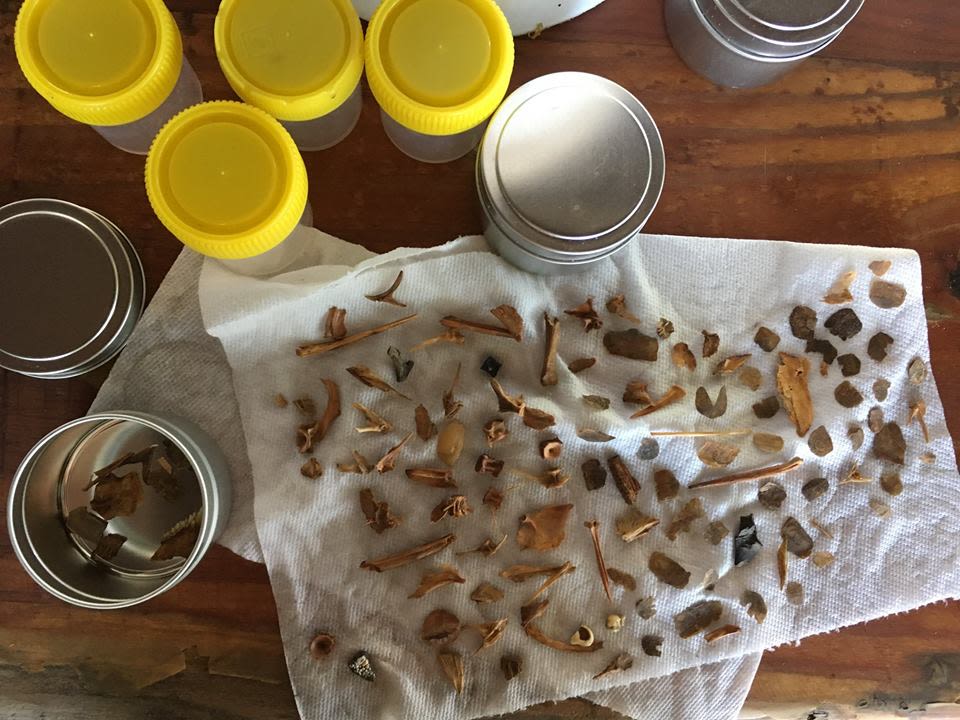
Cleaning and drying all the sieved faunal material from the excavation.
Cleaning and drying all the sieved faunal material from the excavation.
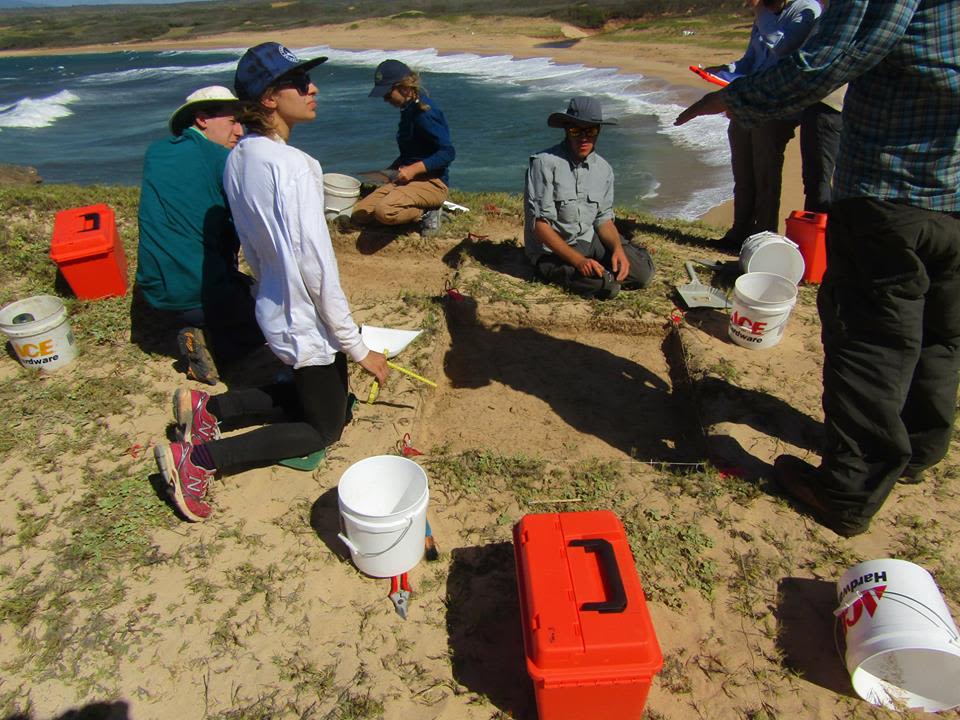
Getting started! The students were very eager to get all the archaeological tips from Professor Marshall Weisler.
Getting started! The students were very eager to get all the archaeological tips from Professor Marshall Weisler.
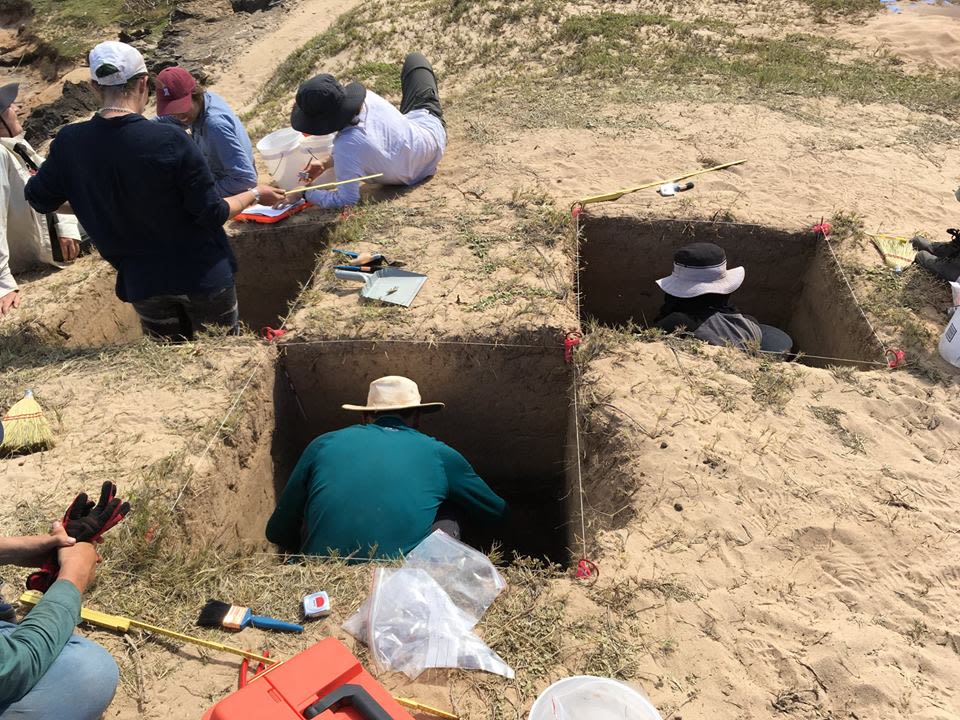
Let's get digging! Over the course of the field school each group dug down to almost 2m!
Let's get digging! Over the course of the field school each group dug down to almost 2m!
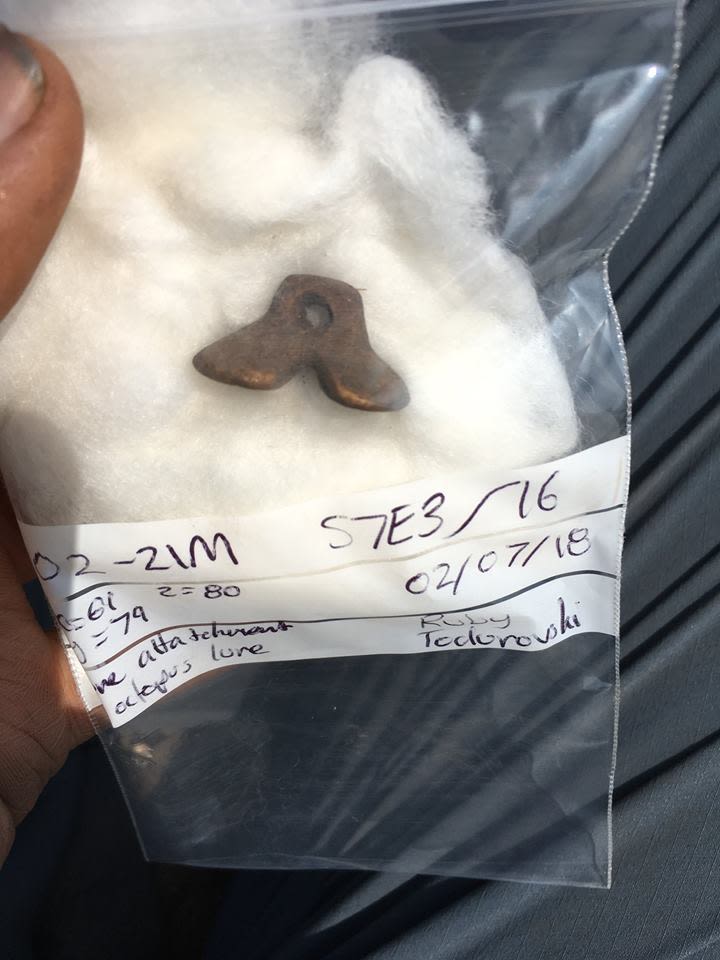
One of the interesting pieces of archaeological material found during the excavation – part of a prehistoric fish hook!
One of the interesting pieces of archaeological material found during the excavation – part of a prehistoric fish hook!
Both Alex and Georgia made some lifelong friends on the trip and collected great memories both on and off the dig site that will last for years to come.
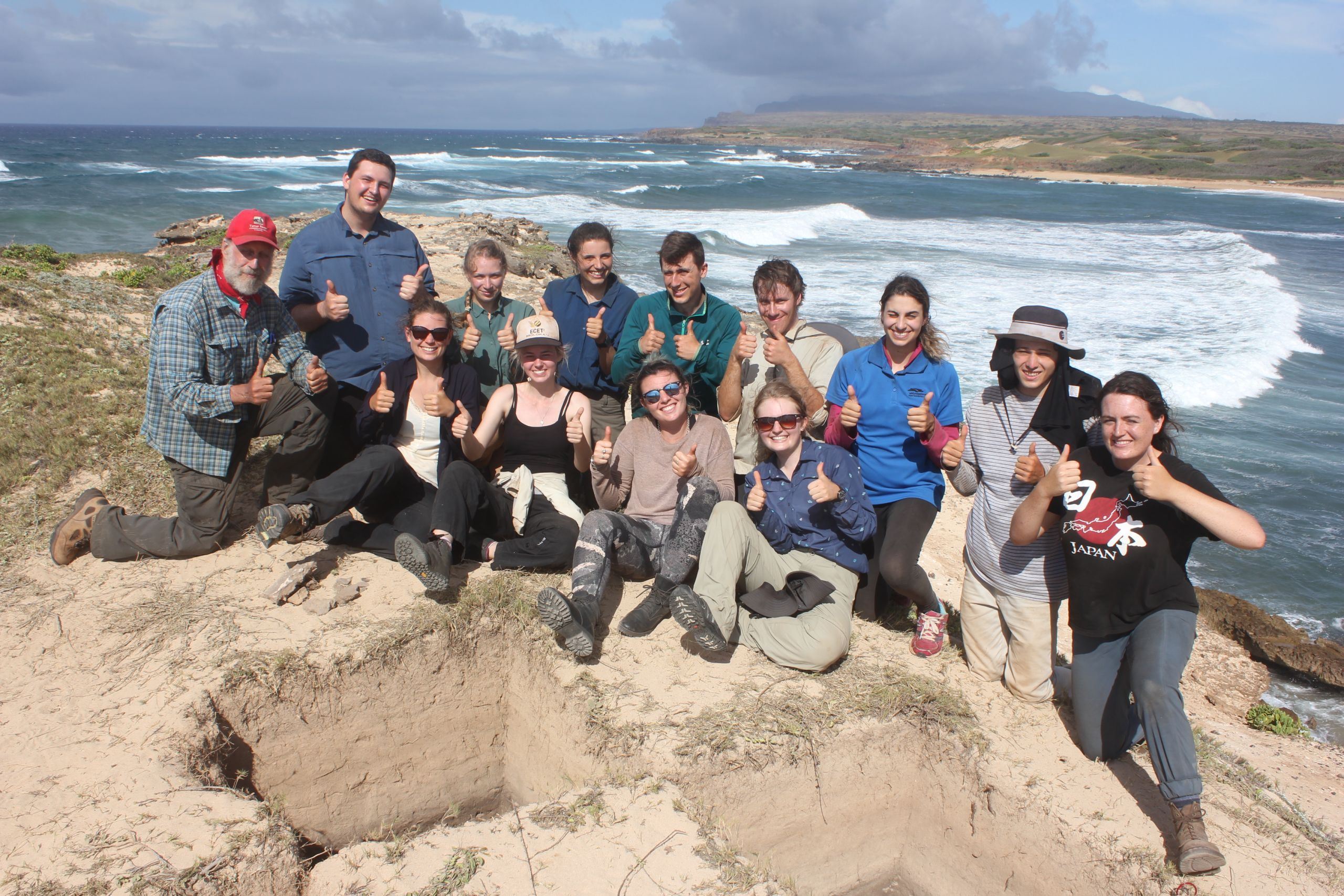
Professor Weisler will accompany the next group of students to Hawaii this month.
If you are interested in participating in the 2020 archaeological field school, please contact Professor Weisler on m.weisler@uq.edu.au
